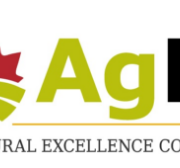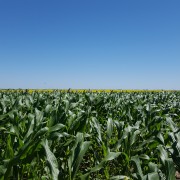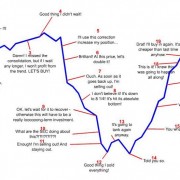How Interesting is Interest?
“The peak bank prime rate in the ‘80s was 22.75%…10x what it is now.” This was a tweet I read last
week from Lyndsey Smith while she attended the Smokey Lake Ag Conference. Interestingly, I heard
yesterday that there may be another rate cut ahead; we didn’t even see the last one coming.
Q.1 Take a look at the current amount you spend on annual interest, and multiply it by 10. How does
that number make you feel?
Q.2 If you faced interest rates that are 1000% higher than what you pay now, how much debt do you
think you’d have?
Is it accurate to say that we generally don’t give a lot of thought to interest costs? I mean for the cost of
about 600 gallons of diesel fuel, you could cover 2.75% annual interest (prime rate) on $100,000
principal debt. So for those who can burn 600 gallons of diesel fuel per day over 20 days of seeding, that
fuel cost matches the annual interest (at prime) on $2,000,000 principal debt.
What?
Yes, very few burn 600 gallons per day, and fewer yet can have prime rates on all their borrowing, but
you get the picture.
There are many farmers out there today that are still being held captive by the memory of paying 18-20% interest on their business debt. That nagging fear has likely lead to business decisions that are
overly conservative and risk averse, leading to missed growth opportunities and insufficient wealth.
Anyone who has loaded up on debt based on the low rate environment we currently enjoy may want to
take a look at things. If the business plan only works when grain prices are high and interest rates are
low, then it’s not a viable plan. We’ve already seen grain prices stumble significantly from a year ago…

This just might be the best time ever to do an interest sensitivity test. What is the financial impact of
interest rate increases or decreases; use a few different values to compare. If you’re highly sensitive to
increases, your time to negotiate a favorable fixed rate is now.
Direct Questions
What is your borrowing strategy? Do you carry an appropriate ratio of fixed and floating rates?
How sensitive are you to changes in interest rates?
Are you able to determine how much of a spread you can weather if you were to move from floating to
fixed?
From the Home Quarter
Debt fuels growth. Growth (if you read last week’s issue of Growing Farm Profits Weekly) can be realized
many ways, but certain to say that growth fuels profits. Profits fuel wealth. The bridge between Growth,
Profit, and Wealth is built with the help of good debt; bad debt often leads to Retraction, Losses, and
Poverty.












Leave a Reply
Want to join the discussion?Feel free to contribute!